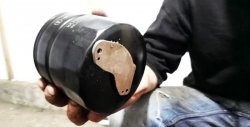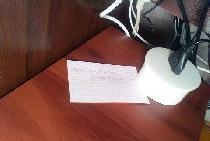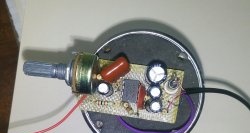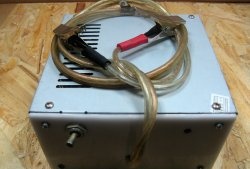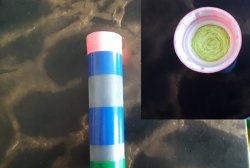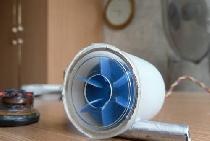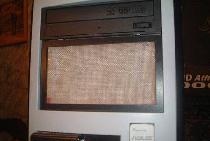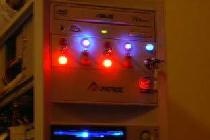I don’t know about you, but I’m already tired of cleaning my computer. The fact is that my PC is in the bedroom, and the dust from the sheets and pillows is simply unbearable. I'm tired of disassembling my computer every month and sucking out mountains of dust. I decided to upgrade my PC and insert into it - computer filter ! It has proven its unsurpassed effectiveness. After 6 months of daily use, there was practically no dust in my system unit!
Remember: Dust is the enemy of a computer; when deposited on the surface of parts, it impairs heat transfer, and overheating is never beneficial. Without good cooling, good overclocking and stable operation are impossible. And if your computer is glitching, maybe you just forgot to clean it? :)
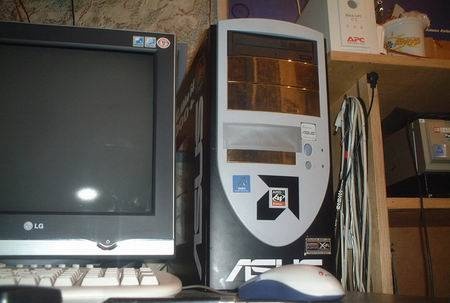
Go!
The filter will be located in the space for CD drives, occupying two of the three slots, so you will have to forget about both the second drive and various 5.25" plugs. Next, we measure the dimensions of the hole:
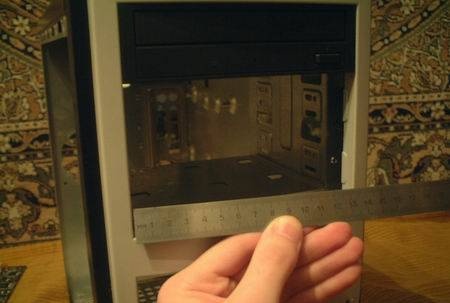
After this, we glue the box from PVC plastic according to the obtained dimensions, the box has a shelf for installing fans:

The box must be tightly inserted into the hole without gaps, because dust will then penetrate into all the gaps!
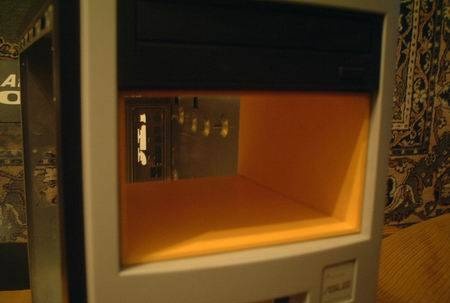
Inside view:
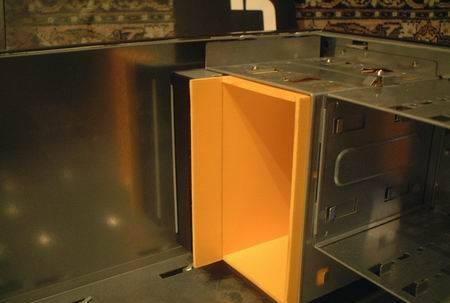
Two 80 mm fans are installed on the shelf; I connected them in parallel and soldered a common power plug. Subsequently the adapter will be soldered:

They are fixed in an extremely simple way; we simply wrap the resulting structure with self-adhesive film:

And we heat the film with a hairdryer, for tight adhesion, at the same time eliminating all the cracks (a regular hair dryer will do, but only in the maximum heating mode):
The resulting system is tightly inserted into place.
Separately, I would like to note that it is extremely important to hermetically seal ALL existing holes and cracks in the housing so that air gets inside ONLY through the filter, otherwise the efforts spent on its manufacture will be in vain:
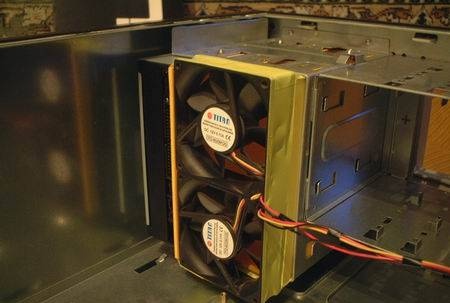
Then we cut out the elements of the internal structure of the filter from the same plastic:
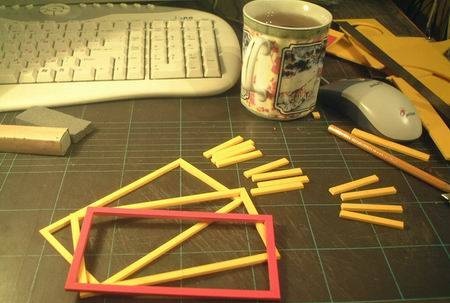
And glue it together with dichloroethane in this way. (it will be convenient to use the small red handles to remove the frames later if necessary)
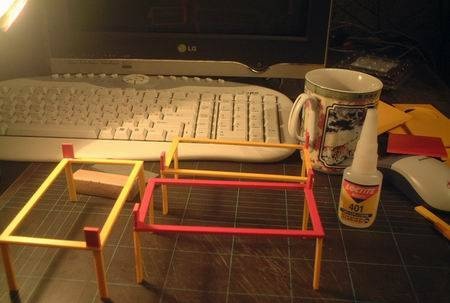
Then we take a regular padding polyester, it allows air to pass through well and at the same time retains dust:

We glue the padding polyester onto the frames. (Practice has shown that three layers of padding polyester are the most optimal thickness for a filter; a larger amount weakens the air flow too much, and a smaller amount allows dust to pass through).
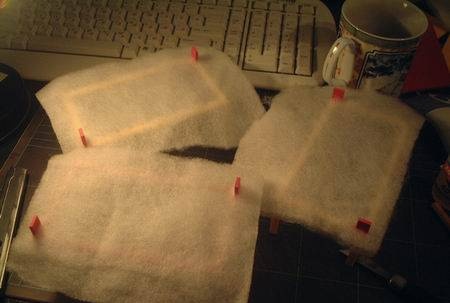
After the glue has dried, the excess must be trimmed off, but leave a margin for a tight fit.
Since simple synthetic padding doesn’t look very nice, to give the filter a more aesthetic appearance, I decided to make a protective mesh (black in the photo):
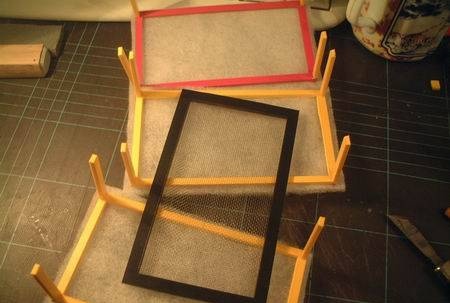
On the reverse side, the mesh is simply fused into the plastic with a soldering iron:
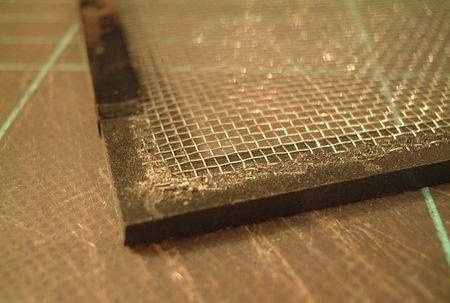
A fully assembled system will eventually have nine fans.This is a lot and they will make a lot of noise, so I decided to make rotation regulators for several of the loudest ones in order to regulate the air flow and noise at will.

I install the first frame, everything is tight without gaps:

Then the second, third and protective and decorative mesh:

Now all that's left to do is lay the wires...

We turn it on... it works!, it makes a decent noise, but there are regulators:
conclusions
So we got ventilation with accompanying air purification from dust. Thanks to powerful fans, a very large air flow passes through the case; for an overclocked system, the noise is quite acceptable, and if you want silence, you can reset the overclocking and set the controls to the “minimum” position. Caring for the filter is very simple: just remove the frames and vacuum them once a month.
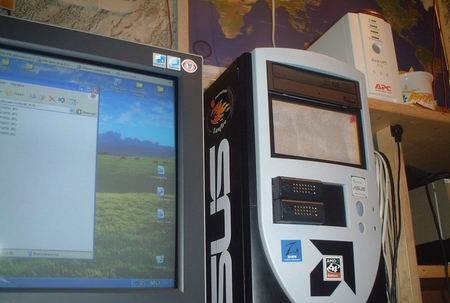
Remember: dust is the enemy of a computer; when deposited on the surface of parts, it impairs heat transfer, and overheating is never beneficial. Without good cooling, good overclocking and stable operation are impossible. And if your computer is glitching, maybe you just forgot to clean it? :)

